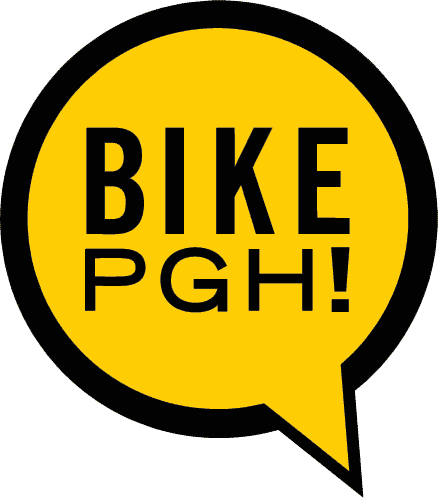One thing I do a lot is look at other vehicles' wheels. If a parked car has its wheels parallel to the curb, it's not going to lurch out into your path. If they're angled out into a travel lane... watch out. Same for buses and cars passing on the left. I once avoided a right hook by seeing the car's front wheels slow down somewhat and turn to the right.
Turn signals often lie. Wheel angles rarely do.
As regards filtering, I often move forward through traffic stopped at a red light, usually at no more than a walking pace, and generally ready to stop if a door swings open. If there's no space big enough to squeeze through while riding, sometimes I put a foot down to make sure I don't bump up against anything, or sometimes I'll just wait in line. I often also observe the advice (above) about waiting behind the first car (not in front of it).
It might not be so useful on other routes, but I've memorized some traffic light patterns of intersections I'm at frequently. I know there's a protected left turn on Ellsworth outbound at Negley, so given two otherwise equal routes, I'll usually take Negley rather than Aiken. A lot of traffic lights also work on a 32/22 second timer, with the more heavily-trafficked street getting the longer green light. Ellsworth Avenue through Morewood Avenue, for instance, gets 22 seconds usually, and then Morewood is green for 32 seconds. (These are at my mental counting pace; calibrate to fit your own internal metronome.) Finally, when there's an all-walk phase or another irregular traffic pattern, those are good to know. Fifth at Craig (walk, Craig, Fifth [reversed from a few months back]), Forbes at Craig (walk, Craig, Forbes), Forbes at Morewood. Looking at the signal for cross traffic, as well as the pedestrian lights (flashing hand equals power up or wait at the red light) is often useful.
I try to act pretty assertively, and feel like I'm taken seriously on the road, with a minimum of hassle from motorists. Ride like you know you belong there.
When I'm with a friend, especially one who's not as aggressive a rider as I am, I will tell him or her that if there's ever a conflict between following me and doing something that feels unsafe (making a left turn across traffic, making a sharp turn, whatever), it's far better to lose track of me (or make a wrong turn and have to double back, etc.) rather than do something unsafe, making them nervous (which may provoke a real crash rather than just a stressful traffic situation).
Here's a question for the hive-mind's wisdom. If I'm at an intersection, and signaled to turn (left or right, doesn't matter) and I then change my mind (remembering, perhaps, a better routing or additional errand), is there a way to "cancel" a hand signal? Ordinarily I point for a few seconds and then put my hand down or on the handlebars, so merely stopping the turn signal is at least ambiguous as to continuing without turning. I guess to turn the other way, signal to the other side, but what about replacing a turn with a straight through? I have sometimes gestured and pointed ahead, but that seems un-standardized. I could just think my routes through better, but especially if I'm just on a ride to ride with no destination, it's easy to think "hey, I want to go down that way instead."



